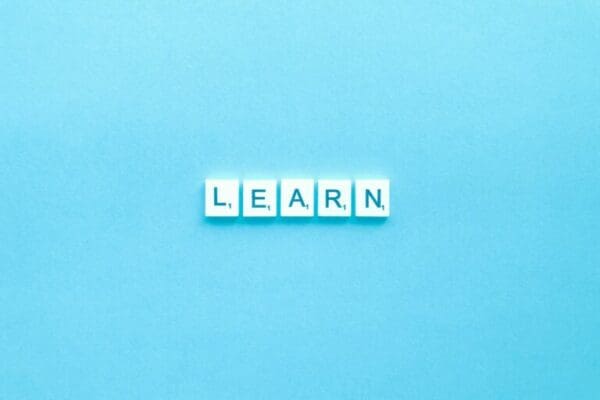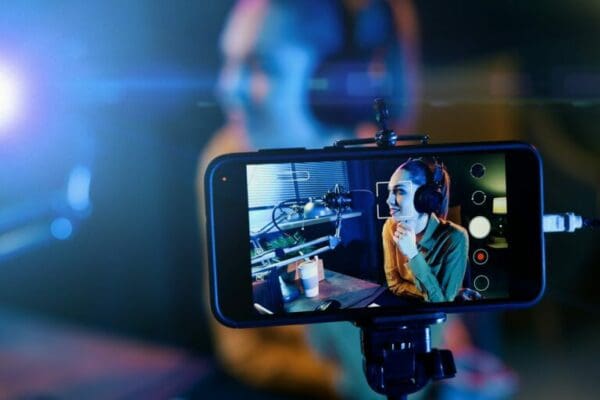Discover the Best Ways to Create L&D Content For Remote Learning
The coronavirus pandemic transformed the way we work. It also impacted learning and development (L&D) strategies for companies all over the world. Your company may have developed a strong L&D strategy for your on-site staff. However, creating effective training content for remote employees is completely different. We will be taking a closer look at the benefits of creating L&D content for remote delivery. There are a few strategies your company can use to implement successfully.
What is Learning and Development?
L&D is about understanding the strategy of a company and its future requirements. It is also about identifying its priorities for training members of staff. With an effective learning environment, employees can develop their skills so that they can perform at their highest capability. This gives companies the opportunity to develop and evolve consistently.
An L&D specialist is responsible for identifying companies’ current and future needs. They can then put flexible initiatives in place to meet their workforce’s diverse needs. This can be done either digitally or in person.
The Benefits of Remote Learning and Development
Creating L&D content for remote delivery might seem like a complicated task, but it has several unique benefits:
- Retained company culture: In most companies, the onboarding process contains shallow briefs and meetings about whatever issue is pressing at the time. This means it is easy to lose sight of cultural underpinnings and institutional knowledge. With remote L&D employees have access to a wealth of information despite company changes.
- Fast course delivery: When your organisation’s workforce works remotely at flexible times, delivery of L&D content is different. You don’t need to wait for staff to be in the same place to distribute content.
- Inclusive learning: In a remote working environment most employees can learn in a setting that is most comfortable for them. This could be in a co-working space or at home. It could be in a location where they have access to a family member in need of care. This gives staff members who have mobility concerns the chance to receive the best possible education.
To make the creation of your remote L&D content a success, we’ve put together a list of tips:
1. Analyse Your Training Needs
Before you begin the creation of your remote L&D content, training needs analysis needs to be carried out. This will determine exactly what your employees need. It’s a good idea to keep the following questions in mind while you carry out your analysis:
- Which challenges are presented by learning remotely?
- What level of technical aptitude do your workers possess?
- How can you include digital learning solutions, such as blended learning and virtual instructor-led training (VILT) into your strategy?
2. Choose the Right Platform
Doing a good amount of research into the features of different virtual delivery platforms on the market is essential. Certain broadcast media services offer different features, so it’s important to make sure that your organisation’s unique requirements are met. Generally, it’s a good idea to opt for a platform that has the following features:
- Compatible on tablet, mobile and desktop.
- Integrates audio and video content.
- Doesn’t require extensive technical knowledge to use.
- Has multiple channels of interaction.
3. Make Sure That Your Training Strategy Aligns With Your Overall Business Strategy
The results of your remote L&D training are only valuable if it coincides with your company’s key performance indicators. Do not focus solely on L&D metrics to evaluate the effectiveness of your content.

You should compare them to the business metrics to make sure that your training is having a positive impact on the business as a whole.
4. Embrace Microlearning
Your employees are likely bombarded with information on a regular basis. It can be difficult for them to absorb new information with their shorter attention spans. Instead of creating long-form content, it’s a good idea to break this up into small, digestible segments. These can be read easily on mobile devices. For example, if you have a piece of content that takes approximately 30 minutes to read or watch, consider dividing this into 5-minute long ‘microlearning’ pages. This will be much easier for your employees to absorb.
However, it’s essential to keep the structure of this content as organised as possible while giving your employees the chance to switch back and forth between pages if desired.




